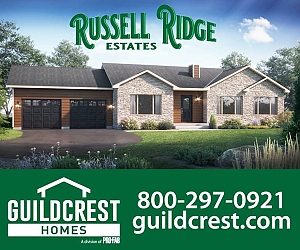Glossary
Like any industry, housing has its own vocabulary that sometimes seems created just to baffle you. Our glossary of housing terms helps take the baffle out of home buying and ownership in Ottawa.
Accent lighting
Lighting intended to highlight specific interior design elements or architectural features.
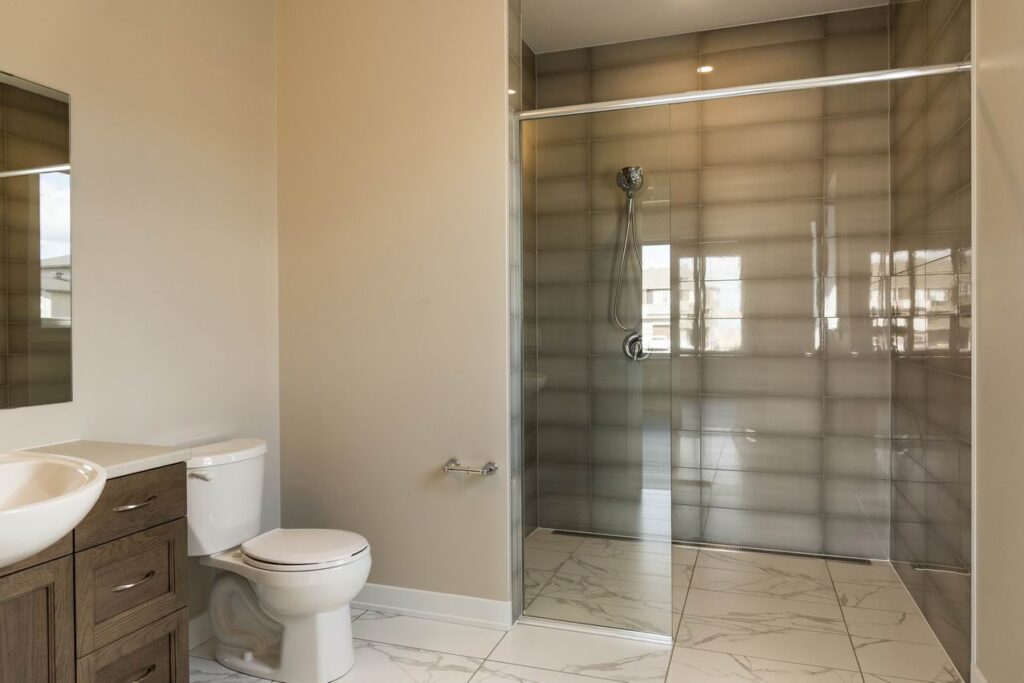
Accessible design
A house, amenity or product that’s designed for access or use by people with disabilities. Also known as barrier-free or universal design.
Aging in place
Access to health, social and other supports to allow a person to live in their own home (see accessible, above) as long as it is safe to do so.
Air barrier
Sometimes called housewrap, these impermeable materials go on the exterior of a building under wood, vinyl siding or other finishing materials to prevent air and water infiltration. Commonly used products include Tyvek.
Air change rate
A measure of how often the total volume of air within a space — usually an entire building — is replaced by fresh air and therefore an indication of energy efficiency. Typically measured as air changes per hour (ACH). A standard new home has an ACH of 3 to 4; a highly energy-efficient home could be as low as 1 to 1.5.
Air source heat pump
A device that uses a refrigerant system to heat a building in the winter by absorbing heat from the exterior air. In the summer it does the reverse, drawing heat from the building to cool it. The ability of air source heat pumps to provide necessary heat declines as the outside temperature drops, so a back-up heat source is often required.
Airtightness
The ability of a home’s building envelope to resist air leakage and therefore an indication of energy efficiency.
Backfill
Material used for filling a trench or the excavation around a foundation wall.
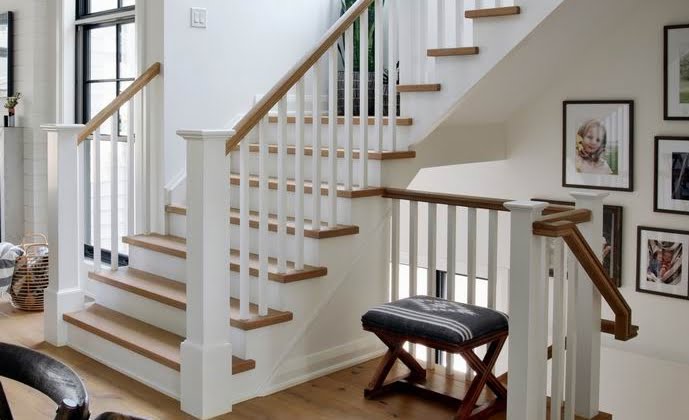
Balustrade
A balustrade is a protective barrier around stairs, openings between floors, balconies or other areas where a person might fall. It consists of balusters (the uprights) and a railing on top.
Barrier-free design
A building that has no physical or other barriers that would prevent anyone, whether that person has a disability or not, from entering and using it. A building with stairs only to its entrance is not barrier-free because people with mobility restrictions may not be able to access it. Often referred to as accessible design.
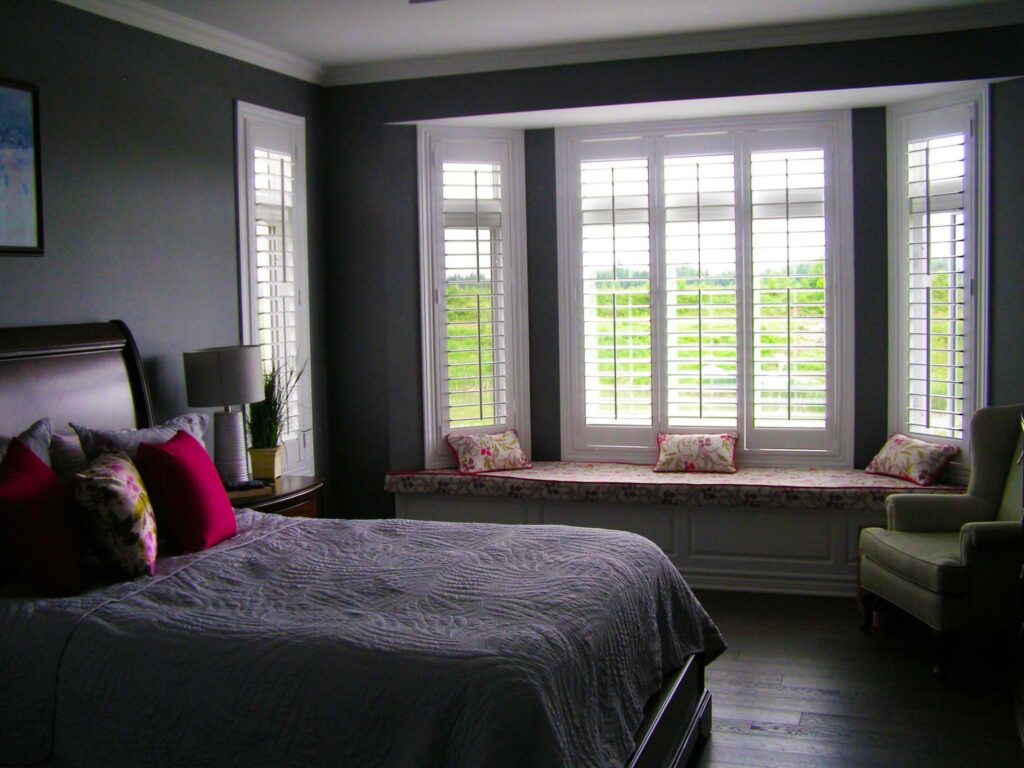
Bay window
A window built to project outwards from the outside wall. Bay windows are often found in living rooms to take advantage of natural light and scenic views.
Bearing wall
One that transfers the weight of a roof or floor above to a surface below such as a beam or foundation. Also called a load bearing wall. Altering or removing a bearing wall can cause serious structural damage and should be done only by a licenced professional.
Below grade
That part of a building that is below the ground surface outside; for example, the majority of a basement.
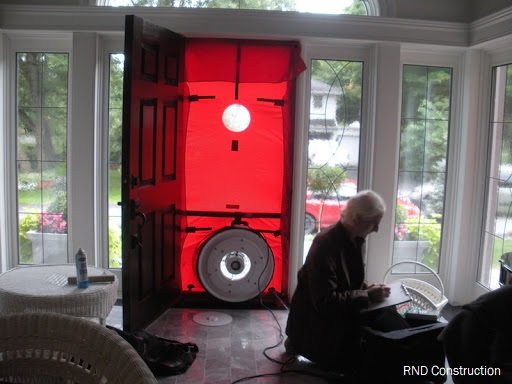
Blower door test
Measures how leaky your house is. It’s done using a special instrumented door containing a large blower or fan. The blower door exhausts air from your home and measures the rate at which outdoor air leaks into your home through cracks, holes and openings in the exterior.
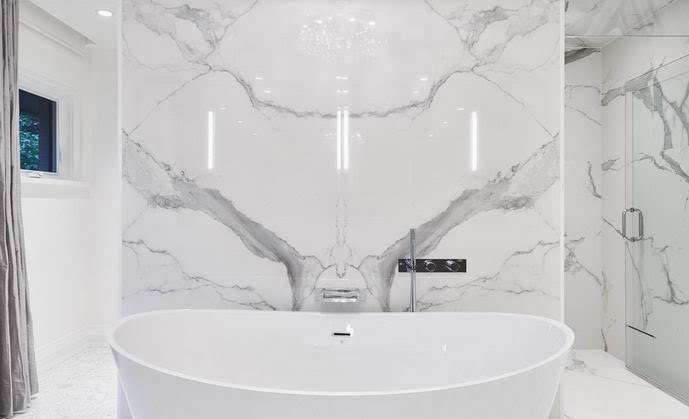
Bookmatched
Bookmatching is the practice of matching two or more surfaces, usually wood or stone, so that two adjoining surfaces mirror each other, giving the impression of an opened book.
Building envelope
The structure that separates conditioned and unconditioned spaces of a building; for example, exterior walls and the separation between an attic and the rest of the home. The airtightness of the building envelope is a major factor in increasing energy efficiency.
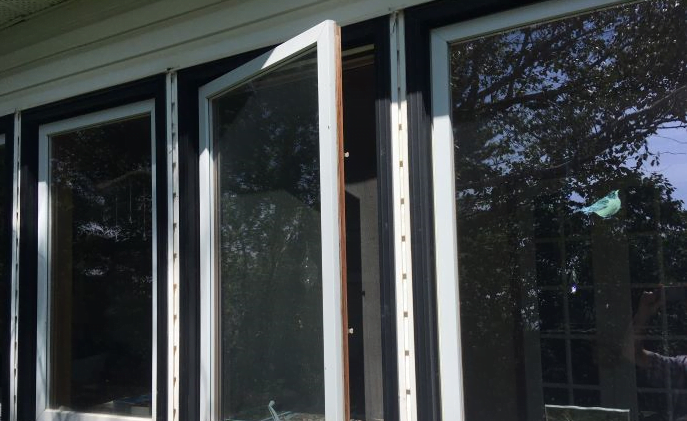
Casement window
A window hinged on the vertical sash to allow for opening.
CFM
Abbreviation for cubic feet per minute, a measure of air flow. Bathroom exhaust fans are among the devices with CFM ratings — the higher the number, the more quickly air is exhausted to the outside.
Closing costs
The additional expenses to close a home purchase. They may include land transfer taxes, lawyers’ fees and home insurance. Closing costs can range from 1.5 to 4 per cent of the home’s selling price.
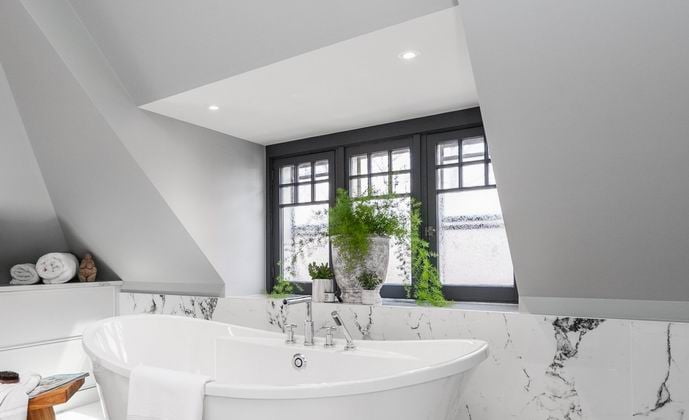
Dormer
A dormer is an exterior window that projects out from a sloping roof.
Double or triple glazing
Two or three panes of glass in a window. The more panes, the more energy efficient the window.
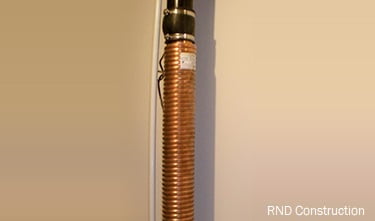
Drain water heat recovery (DWHR)
DWHRs reduce energy use by using hot waste water from showers and elsewhere to warm incoming cold water; the warm and cold water are physically separated from each other.
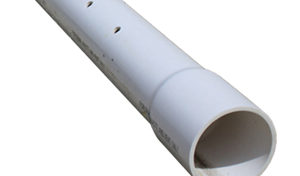
Drainage tile
Below-surface, perforated pipe that carries subsurface water away from a foundation.
Drywall
Made from gypsum (naturally occurring form of hydrated calcium sulphate) pressed into sheets and covered on both sides with thick paper, it is used in the construction of interior walls and ceilings. It is then usually painted or covered with wallpaper or panelling. Other ingredients may be added to make drywall more resistant to sound, water or fire. It is also called plasterboard, gyproc or gypsumboard.
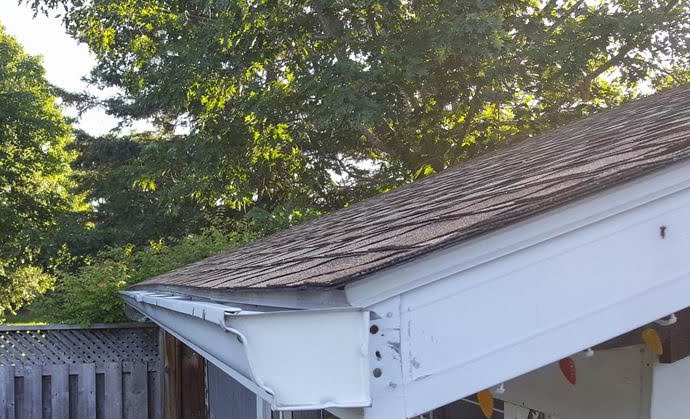
Eavestrough
A trough or channel that runs around the perimeter of a roof, collecting water so it can be directed down a drainpipe and away from the house, which the water could otherwise damage. Also known as a gutter.
Electrical grounding system
Parts of an electric circuit that can include clamps, plates, piles or wires that ground the system to the earth to insulate it and limit the voltage. Proper grounding is essential for safety.
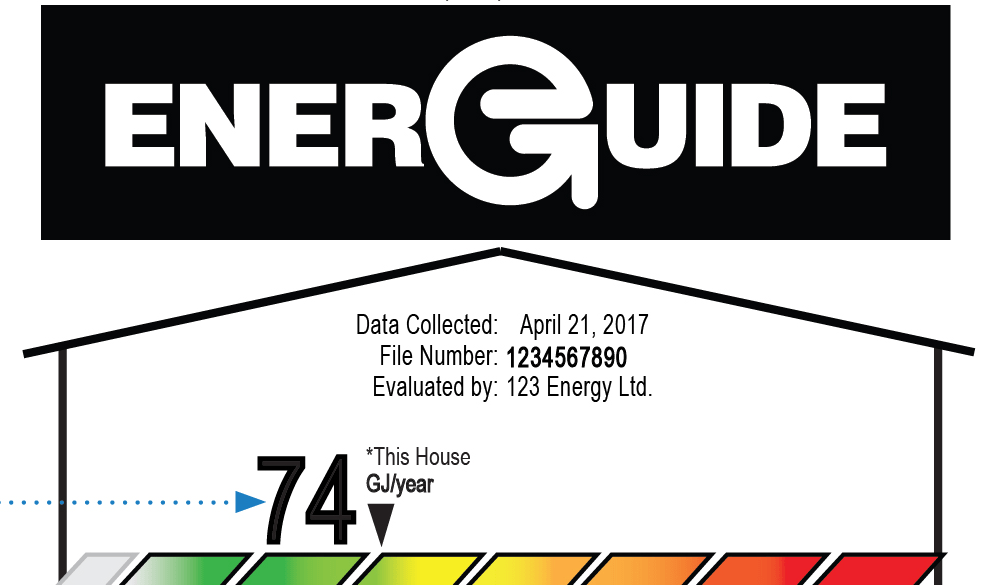
EnerGuide Rating System (ERS)
Federal government system for rating energy consumption and efficiency of homes. It’s similar to the EnerGuide labelling system used to rate energy efficiency of appliances and vehicles. ERS home ratings are done by trained energy advisers licensed by the federal government.
Energy audit or evaluation
Provides a baseline of your home’s energy efficiency to help you plan improvements and to qualify for any government upgrade grants. A licensed energy evaluator will come to your home and do a series of tests to determine its efficiency.
Energy Star
A federal government energy-efficiency certification program under which a home must be tested by a third party and reach an EnerGuide rating of 83 or greater. Energy Star homes are about 20 per cent more energy efficient than a typical home.
Engineered wood product
A manufactured product like plywood that consists of many layers of wood fibres or other products mixed with adhesive and stacked crosswise with natural wood often used for the top and bottom layer. The crisscross layers provide extra stability compared to solid wood and can be used in place of lumber in construction.
Ensuite
A private room attached to a room. In residential homes it normally refers to a bathroom attached to a bedroom.
ERV (energy recovery ventilator)
See HRV/ERV (heat/energy recovery ventilator)
Escutcheon
A plate around an opening, for example the plate a doorknob is attached to.
Expansion joint
A joint in a concrete or masonry structure that is designed to expand without damaging the structure.
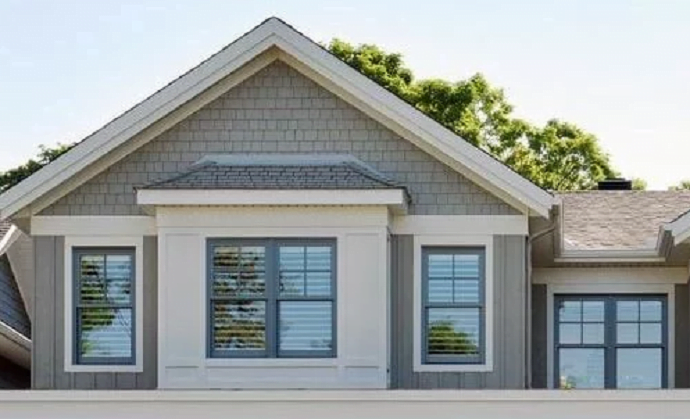
Exterior trim
Exterior mouldings and other pieces used to cover unprotected edges or joints or to connect elements like the roof and the wall.
Facing
The external layer of wall that is exposed to weather and is visible from the outside. It is laid over the structural wall.
False/dropped ceiling
A non-structural ceiling that may be used to alter the look of a room and to provide a space for wiring, lights, ventilation systems or plumbing.
Felt paper
Used in roofing or siding, it is a layer of bitumen-soaked paper that goes between the roofing materials or facing to prevent moisture penetration.
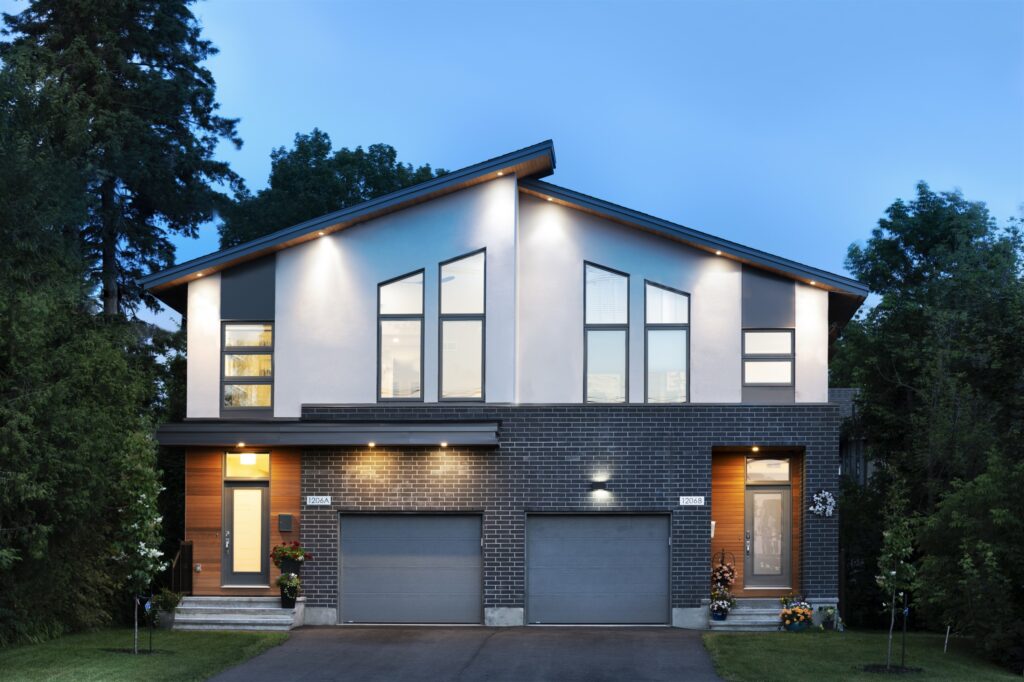
Fenestration
The architectural arrangement of openings like doors, windows and skylights in a building.
Fibreglass
Thinly woven glass filaments made into sheets or embedded in plastic. Large, lightweight sheets are used as thermal insulation in homes.

Finial
A finial or hip-knob is an element marking the top or end of some object, often formed to be a decorative feature. In homes they are typically used on the peak of a roof gable. They’re also found on the ends of curtain rods and as a decorative element atop a staircase newel post.
Finish grading
Final adjustments to the ground surrounding a new building or buildings, which should slope away from the foundation to ensure proper drainage. Often includes manual application and raking of topsoil.
Fire barrier
A fire-resistant wall, door or similar barrier that prevents the spread of fire within a building. Canada’s building code specifies certain types of fire barriers in new-built homes.
Fire resistance rating
The time in minutes or hours that a material, or assembly of materials, will withstand the passage of flames and transmission of heat in specific test conditions.
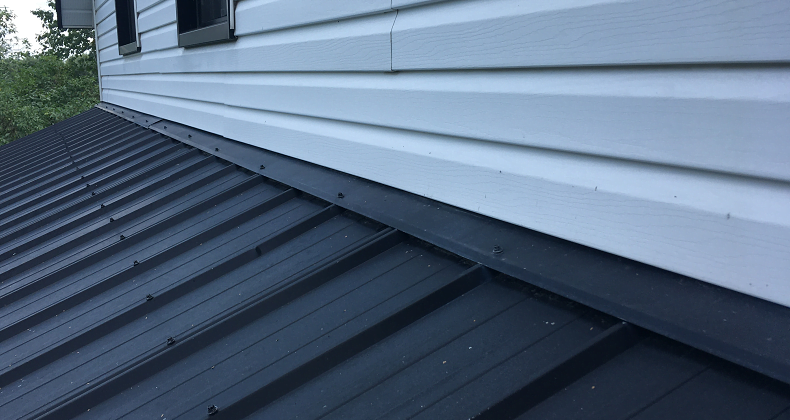
Flashing
Water-proof material designed to prevent penetration by water or direct water off the building; for example, a thin sheet metal used at the top of the foundation, around windows, doors, chimneys and at roof intersections.
Floor plan
A floor plan is a drawing that shows the layout of a home from above. It typically identifies each space and shows the location of walls, doors, windows, fireplaces and the like.
Foundation
The lower portion of a structure that transfers the weight of the structure to the ground and generally forms the exterior walls of a basement. Usually made of concrete or masonry.
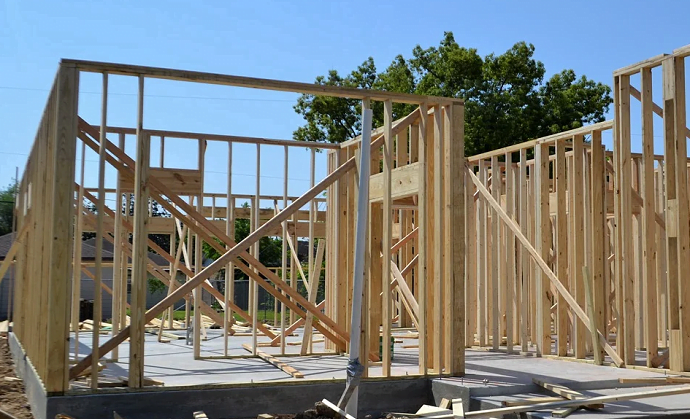
Framing
The basic skeleton of a house constructed out of lumber. This includes flooring, roofing, exterior walls and interior partitions.
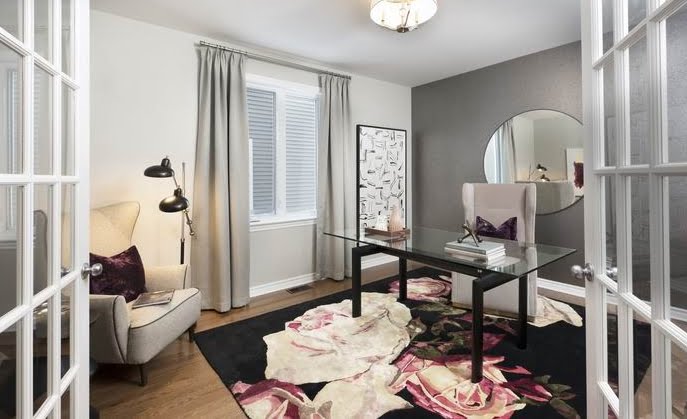
French doors
French doors are usually found in pairs and consist of casements with many small panes of glass. They can be interior or exterior.
Frost heave
An uplift of soil caused when the moisture inside the soil freezes. Frost heaving can damage foundations, driveways, patios and fences. Proper construction should mitigate the effects of frost heaving.
Geothermal heating
Geothermal heating is a system of heating (or cooling) your home by utilizing pipes buried underground and a heat pump to transfer heat from the earth. It takes advantage of the fact that the soil temperature below about five feet doesn’t change much (it’s about 10 C), no matter what time of year it is. Pipes circulate a liquid (often water) below the frost line either horizontally or vertically. In winter, the water warms to the ambient soil temperature by the time it re-enters the house, then a heat pump extracts the energy and heats water that flows in pipes under the floors or heats air blown through the air ducts.
Greywater
Water from household sinks, dishwashers and washing machines that can be recycled and reused; for example, to water gardens.
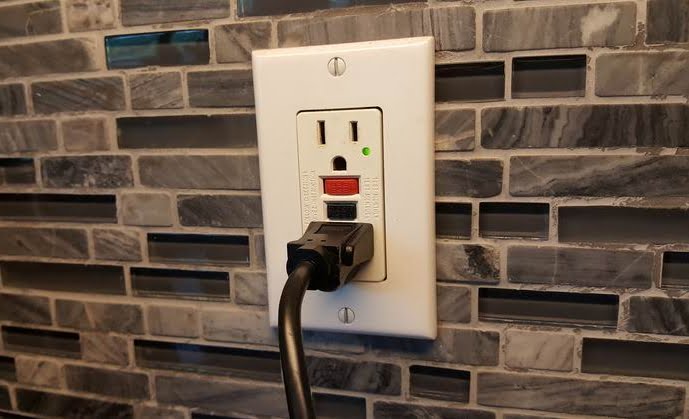
Ground fault circuit interrupter (GFCI)
Usually designed as an electrical receptacle, a GFCI is a circuit breaker that prevents shock in potentially hazardous areas like bathrooms and outside the home. A GFCI should be tested once a month and replaced immediately if defective.
Gutter
See eavestrough.
Hearth
The floor and area immediately in front of a fireplace or around a pellet or wood stove. It is usually made of stone, tile or some other non-flammable material.
HEPA filter
Abbreviation for high efficiency particulate filter, which is an air filter capable of removing extremely fine particles like pollen and pet dander from the air. HEPA filters can be found on a variety of household appliances as well as in furnaces.
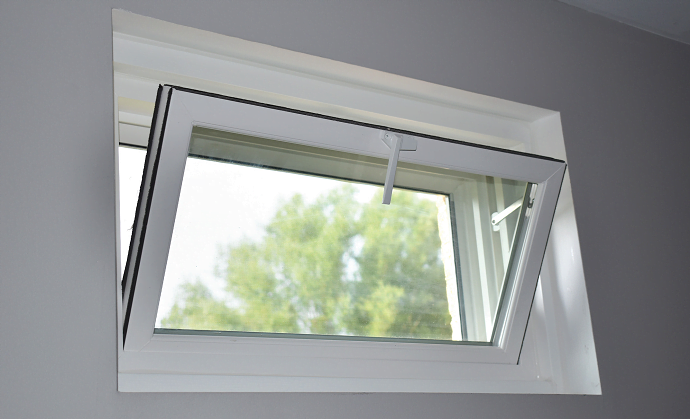
Hopper window
Normally vertical windows that are hinged on the bottom of the sash so the top can be opened inward.
House staging
Preparing a resale home so it shows to best advantage. Often done by a professional stager, the process typically includes decluttering, removal of personal photographs, and sometimes cosmetic repainting and minor repairs.
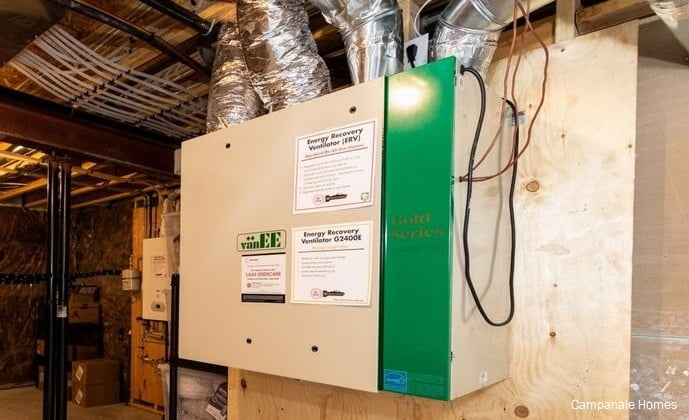
HRV/ERV (heat/energy recovery ventilator)
An HRV brings fresh air into an otherwise airtight house to prevent the buildup of moisture, bacteria and mould. The outgoing air is used to warm the fresh air before it is circulated throughout the house. An ERV does the same things as well as extracting humidity from indoor air and recirculating it during dry winter months and exhausting it outside during the humid summer.
Hydronic heating
A hydronic system heats a home by circulating hot water or other liquid through floor pipes, radiators or hydronic baseboard heaters. It distributes heat evenly and can be more comfortable than forced air systems, especially for allergy sufferers.
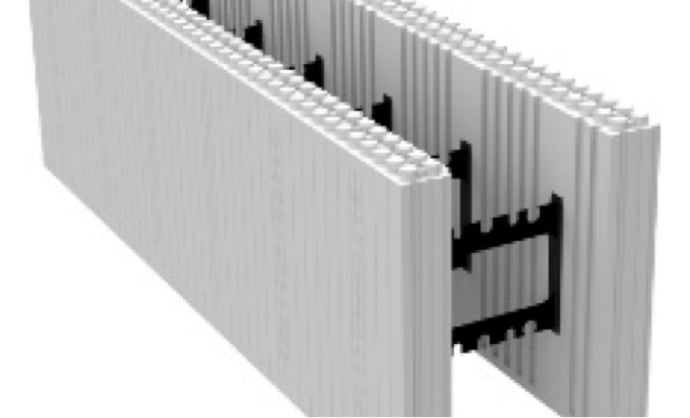
Insulated concrete form
ICF forms are most often hollow Styrofoam blocks that are snapped together to form the shape of the foundation walls. They are braced and then filled with concrete and steel reinforcing. The Styrofoam remains in place to provide a complete foundation insulation system.
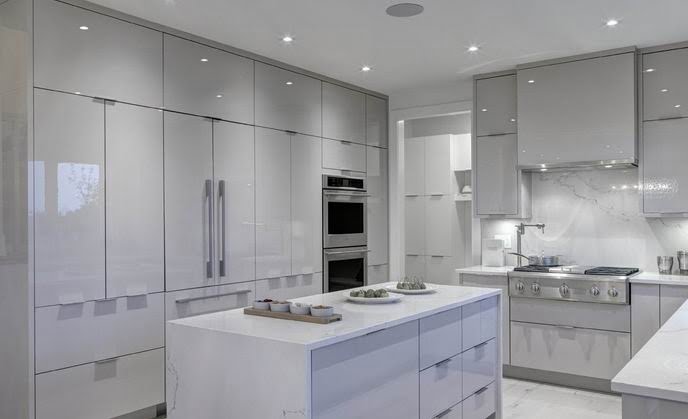
Integrated appliances
An integrated appliance is one that is installed either directly into your kitchen’s cabinetry or under a work surface in your kitchen and is fully concealed behind a hinged door panel to match the rest of your cabinetry. Integrated appliances typically include dishwashers and refrigerators.
Inverter
A device that converts direct current to alternating current so it can be used in the home. May be required for energy obtained from an alternative energy source such as solar panels or wind turbines.
IoT enabled/compatible
IoT is the abbreviation for Internet of Things, so being “enabled” or “compatible” means appliances or systems in the home that are connected to the internet and controlled remotely, usually with a smartphone. Examples include refrigerators that can identify what food needs to be purchased and heating systems that can be adjusted from offsite. Also called “smart home” devices.
Joists
A series of parallel supporting beams, usually made of wood or wood composite, and used to support ceilings, roofs or floors.
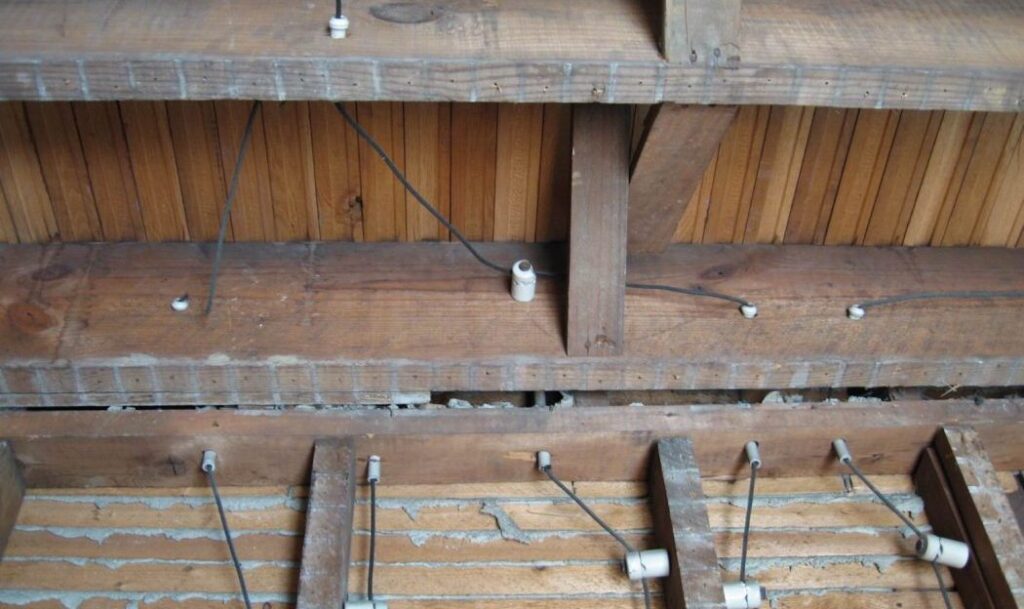
Knob-and-tube wiring
A very old type of electrical wiring used between 1900 and the 1940s with single wires strung between porcelain knobs and through porcelain tubes. Can require specialized maintenance.
LEED
Stands for Leadership in Energy and Environmental Design, a rating system that encourages sustainable green building and development practices through the use of a set of tools and performance criteria. LEED is a third-party certification program that recognizes performance in the areas of sustainable site development, water efficiency, energy efficiency, materials selection, indoor environmental quality and the importance of transportation access, open space and physical activity outdoors. Certification is granted at four levels: certified, silver, gold and platinum.
Lintel
A lintel is a horizontal piece that extends over the top of an opening, usually a door or window, and supports the weight above it. Lintels are usually made of wood, metal or stone.
Lumen
A unit of measurement for the amount of light emitted by a light source in one second. Reading and task lighting require about 50 Lumens per square foot.

Master-planned community
A master-planned community is a development or neighbourhood that has been carefully planned from its inception, often on previously undeveloped land. The plan will determine where streets and amenities will go and what type of housing it will include, rather than evolving in an ad hoc manner.
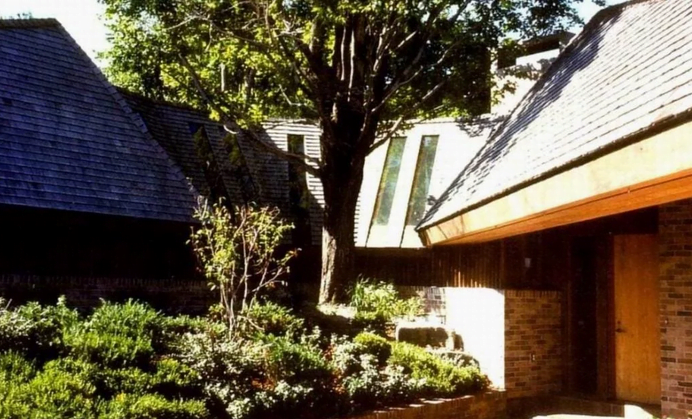
Mid-century modern
Mid-century modern is a housing style that evolved from the post-war period starting in the 1950s and expressing the new reality of suburban living in the nuclear, not extended, family. Homes typically featured open-concept interiors, ample windows and a carport or garage.
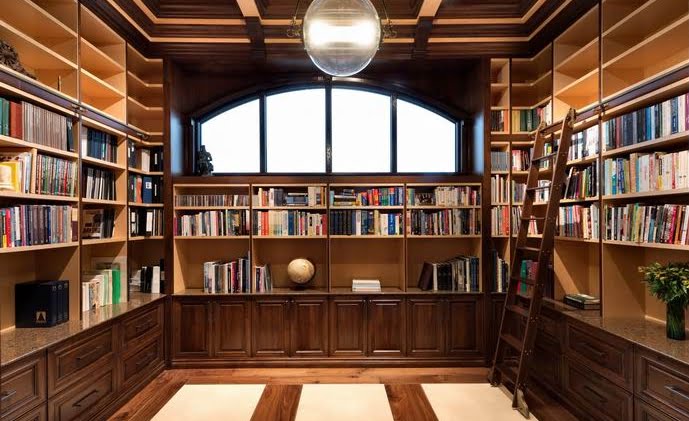
Millwork
Originally used to refer to wood features such as panelling, window sashes and trim, millwork now often includes cabinetry.
Model home
A home built, usually by a production builder, to show potential buyers what they could expect if they bought a similar home. Generally decorated by a professional and often featuring upgraded finishes.
Mortgage stress test
A federal government requirement introduced in 2018 that requires everyone to prove they can afford payments if interest rates increase by a set amount. The policy is meant to encourage Canadians to borrow within their means for a house purchase. It applies to anyone getting a mortgage or changing mortgage lenders.
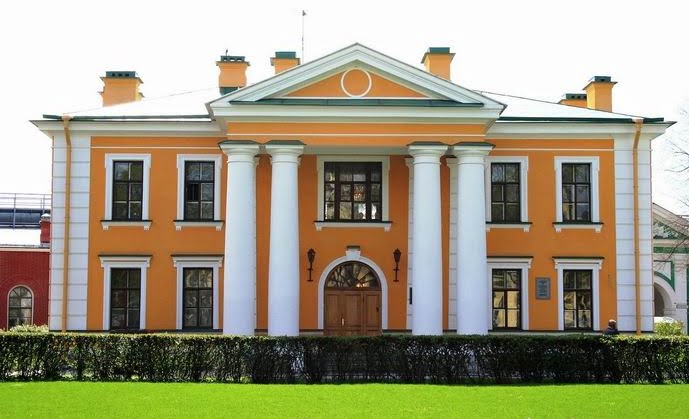
Neo-classic
Neo-classic is a house design style dating from 1812-1840 that used the square Georgian style but added more artistic details and embellishments around exterior doors and windows. These details were often adapted from classic Greek and Roman designs.
Net metering
Use of a single device to measure household energy consumption and production from alternative energy sources; for example, from photovoltaic (solar energy) panels. The net electricity generated or consumed is sold to or purchased from the local utility as required.
Net-zero home
A house that produces as much energy from solar panels or other sources as it consumes over the course of one year.
Open and closed mortgages
An open mortgage can be re-negotiated, refinanced or paid off early with no penalty but tends to have higher interest. A closed mortgage has a set term with a lower rate but cannot be re-negotiated, refinanced or paid off early without a penalty.
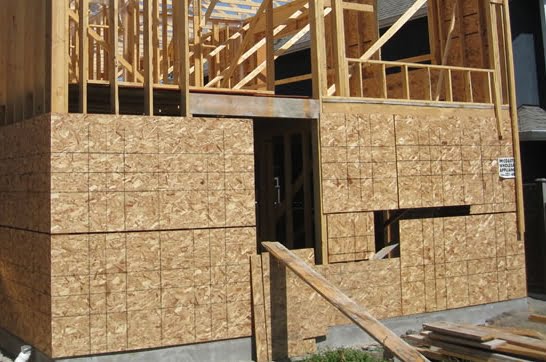
OSB (oriented strand board)
Oriented strand board is an engineered wood formed by adding adhesives and then compressing layers of strategically placed strips of wood. OSB uses the wood from trees that grow quickly and sustainably.
P.I.T.
This stands for Principal, Interest and Taxes, the components of every mortgage payment.
Panelboard
A metal cabinet containing switches or fuses to control the electrical circuits in a home. Also called electrical panel and fuse box.
Passive House
A German standard for energy efficiency. It uses efficient building shape, solar exposure, superior insulation, advanced windows, leading-edge ventilation and other technical features to create structures that require little or no energy input from conventional heating or cooling systems.
Prairie style
One of the few housing design styles created in North America, it was popularized by Frank Lloyd Wright. The Prairie School dates from 1900-1940 and includes features like strong horizontal lines, projecting eaves and flat or hipped roofs.
R value
R value is the most common yardstick for measuring thermal insulation performance. It measures how well building insulation can prevent the flow of heat into and out of the home. The higher the R value the better the insulation.
R-2000 home
Home built to high energy-efficiency standards created by the Canadian government. R-2000 standards were originally created in the early 1980s and updated in the 2010s. An R-2000 home is generally 50 per cent more efficient than a typical new home.
Reverse mortgage
A type of home equity loan that does not require repayment until the loan is due. It is promoted to older people. Some financial experts advise against reverse mortgages because a large, unpaid principal can remain at death.
Sash
The frame of a window, usually made of wood, metal or plastic, that holds the glass in place.
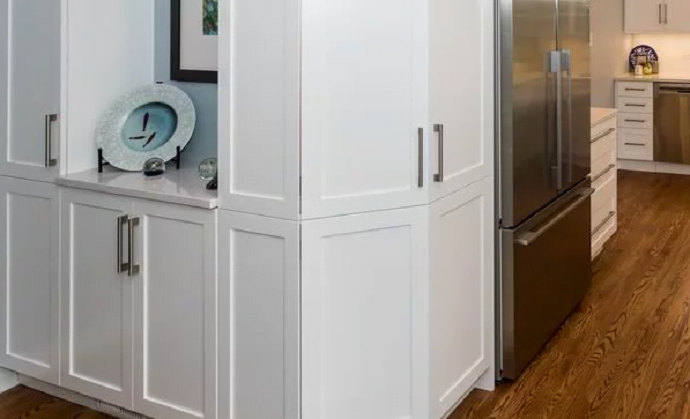
Shaker cabinet
A simple cabinet door consisting of a recessed flat panel, four rails and usually plain hardware; the name references the simple designs favoured by the Shaker religious sect.
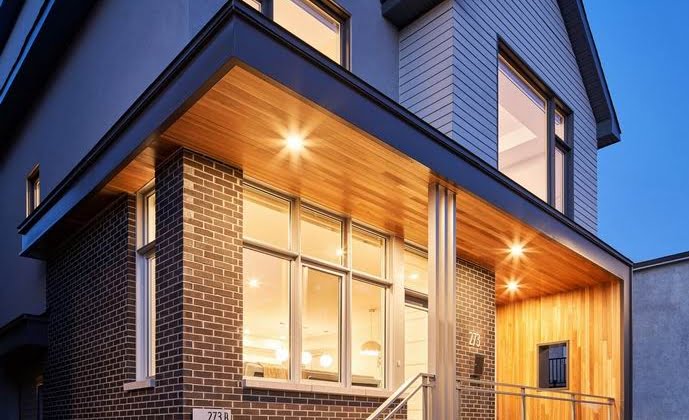
Soffit
The soffit is the underside of a building element with an overhang such as a staircase or drain, but it is most commonly associated with roofs.
Solar gain
The increase in internal temperature when solar energy enters a building through windows and is absorbed by floors or other surfaces.
Swale
A shallow channel in the land with gently sloped sides often used for water management.
Tarion
Tarion was created by the government of Ontario in 1976 to administer the Ontario New Home Warranties Plan Act. It has information on all registered Ontario builders, including customer service records, and offers advice on home buying.
Task lighting
Lighting that is focused on specific work spaces so it reduces the need to have an entire room illuminated.
Thermal bridging
The break in insulation caused by wood, steel or other material; for example, wooden studs in a wall cavity. Thermal bridging causes increased heat loss and cold spots in a structure.
Thermal storage
Ability to store excess heat for later release. Concrete is a good material for thermal storage and is used in some types of home construction as a heat source.
Universal design
Products and environments that meet the needs of a range of people, including those with and without disabilities. Examples include no-threshold showers that can be accessed by fully mobile people as well as those using a walker.
Victory housing
Small, single-family homes mass produced between 1940 and 1960 for soldiers or people who worked in defence industries. Canada Mortgage and Housing Corporation hired architects, engineers and builders to create floor plans and kits for affordable one-and-a-half-storey homes that could be built from locally sourced materials.
Volatile organic compounds (VOCs)
Volatile organic compounds or VOCs are chemicals found in everyday products that have the potential to change into a gas form and contaminate indoor air. This is known as off-gassing. VOCs can be found in many household products such as paints, vinyl, adhesives, cleaning products, computers and more.
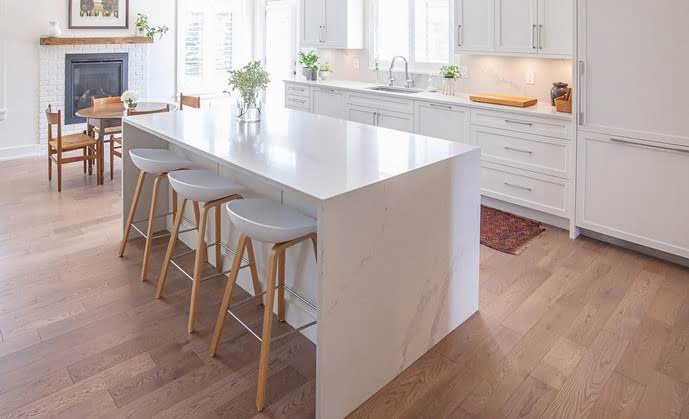
Waterfall counter
A waterfall counter refers to when the countertop surface — usually on a kitchen island — extends down the side as a visual element. Also found in bathrooms.
Watt
Measurement of electric power. In 2016 the Ontario Energy Board revised the standard amount of electricity used by a residential customer to 750 kilowatts per month. That’s about 25,000 watts per day.
Weeping tile
Also called perimeter tile or French drain, weeping tile is a porous pipe buried around the perimeter of a home’s foundation. Ground water seeps into it and is carried away to reduce the possibility of water getting into the foundation and basement.
Zone
A term that designates a space used for a particular purpose; for example, a dining room — even if its part of an open-concept design and distinguished only by a table, chairs and a chandelier — is a zone.



